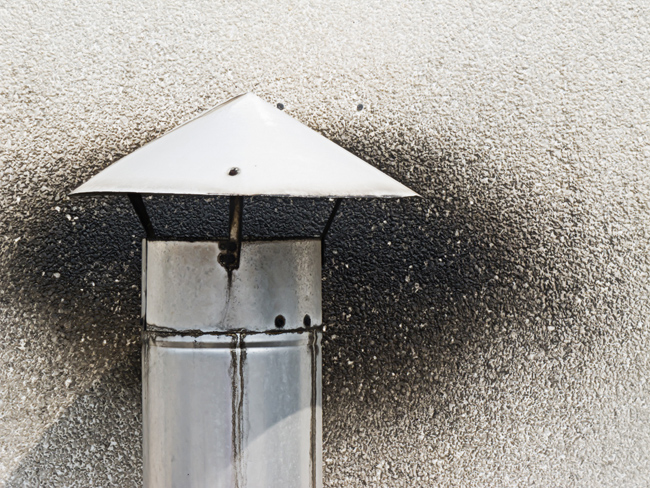The net effect of climate forcers not covered by the Kyoto Protocol is global cooling. Emissions of those climate forcers decreased between 1990 and 2015 in Europe.
Outside the six greenhouse gases from the Kyoto Protocol, there are other anthropogenic climate forcers, which either tend to increase warming or decrease it, in a complex manner (see graph: components of radiative forcing). For example: contrails reflect heat back to the Earth at night and then have a warming effect, but they also reflect some sunshine back into space during the day, and then have a cooling effect.
The IPCC’s fifth assessment report sums up estimates for some such forcers, in mean watts per m2 for the years 1750–2011. + means warming, - cooling. The uncertainties are considerable (see table and figure).
As can be seen, the net effect of the non-Kyoto climate forcers is cooling. This is not very comforting, as efforts to cut CO2 and other Kyoto gases will on average also cut other cooling forcers.
There are data for some such forcers in the European Union emission inventory report 1990–2015 under the UNECE Convention on Long-range Transboundary Air Pollution (LRTAP) , from 1990 to 2015:
NOx, which has both warming and cooling effects, decreased by 56 percent in the EU-28.
Non-methane volatile organic compounds, which have a warming effect, have decreased by 61 percent in the EU-28 and in almost all countries, except Poland where they have increased.
SO2 has a cooling effect and has decreased by 89 percent in the EU-28.
Ammonia, NH3, which has a cooling effect, decreased by 23 percent in the EU-28 and by 65 percent in the Netherlands, and many Eastern European countries also had large decreases. The decrease was however only 4 percent in Germany. Ireland, Austria and Spain all showed increases.
Black carbon has a warming effect when on snow, and a cooling effect when it screens out the sunshine. It decreased by 40 percent in the EU-28, with larger decreases in Germany, the Netherlands, and big increases in many Eastern European countries.
Carbon monoxide has a warming effect. It decreased by 68 percent in the EU-28. France, Germany and Poland were the biggest emitters in 2015.
Other climate forcers are organic carbon, mineral dust, aerosols in clouds, contrails from aeroplanes, and land use change of albedo from darker to lighter or vice versa, and changes in solar radiation, but data are hard to find and attribute.
Fredrik Lundberg
More information can be found in Briefing: Climate forcers which increase or decrease warming and emissions in Europe 1990–2015 http://airclim.org/sites/default/files/documents/briefing-12-4.pdf
 Figure. Components of radioactive forcings IPCC 5AR WG 1
Figure. Components of radioactive forcings IPCC 5AR WG 1
| mean | span | |
| Well-mixed GHGs (~Kyoto gases) | +2.83 | +2.54 to +3.12 |
| Tropospheric ozone | +0.4 | +0.20 to +0.60 |
| Stratospheric ozone | -0.05 | -0.15 to +0.05 |
| Stratospheric water vapour from methane | +0.07 | +0.02-+0.12 |
| Aerosol-radiation interactions | -0.35 | -0.85 to +0.15 |
| Aerosol-cloud interactions | ne | |
| Surface albedo (land use) | -0.15 | -0.25 to -0.05 |
| Surface albedo (black carbon on snow, ice) | +0.04 | +0.02 to +0.09 |
| Contrails | +0.01 | +0.005 to +0.03 |
| Total anthropogenic (effective radiation forcing) | +2.3 | 1.1 to 3.3 |
Source: Climate Change 2013: The Physical Science Basis. Contribution of Working Group I to the Fifth Assessment Report of the Intergovernmental Panel on Climate Change, chapter 8, p 696 Note: The total anthropogenic figure from the IPCC does not include all climate forcers, so the range is still larger than 1.1–3.3



























